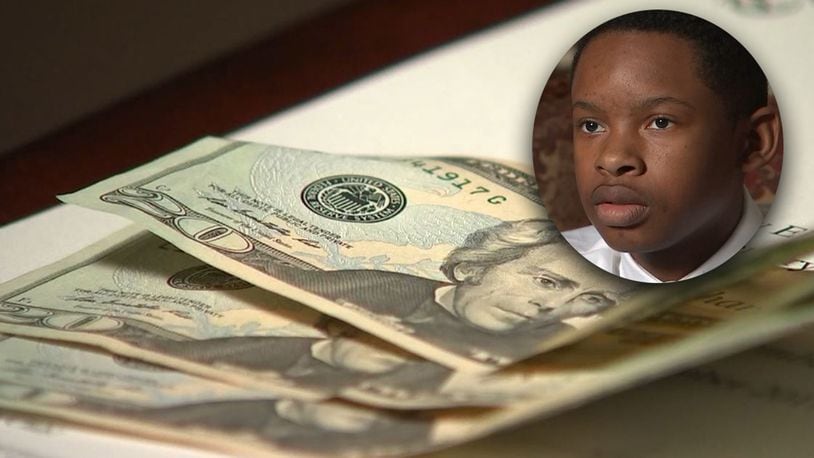Navigate the Web: Acquire copyright Money for Sale from Trusted Vendors
Navigate the Web: Acquire copyright Money for Sale from Trusted Vendors
Blog Article
Discover making uses of Imitation Money in Artistic Creations and Theatrical Performances
copyright money, commonly identified with deception and illegality, holds a peculiar allure when it locates its way into the world of imaginative productions and staged efficiencies. As we delve into the multifaceted usages of fake cash in these imaginative domain names, we begin to uncover a world where credibility and replica blur, triggering us to examine the actual nature of worth and representation within art and efficiency.

Historic Relevance of copyright Cash in Art
The historical relevance of fake cash in art is a complicated and fascinating topic that loses light on the intersection of creative thinking, subversion, and socio-political discourse. Throughout history, musicians have actually used funny money as a tool for challenging societal standards, questioning the worth of currency, and making powerful declarations regarding riches and power.
One of the most noteworthy examples of copyright money in art dates back to the Dada movement of the very early 20th century - copyright money for sale. Artists such as Marcel Duchamp and Hannah Höch incorporated phony currency into their works to slam the capitalist system and discover the principle of worth in a rapidly transforming globe
Additionally, throughout times of financial instability or political turmoil, imitation cash has actually been utilized by musicians as a form of demonstration or disobedience. By creating and distributing phony money, musicians have actually been able to interfere with the status quo, obstacle authority, and provoke vital conversations concerning the duty of money in culture.
Impact of Imitation Money on Visual Arts
By including fake cash right into their jobs, musicians provoke conversations on the nature of value, credibility, and societal understandings of wide range. The usage of fake cash in art likewise increases moral factors to consider regarding the borders of creative expression and the effects of reproducing legal tender. Overall, the influence of phony money on visual arts is diverse, promoting vital reflections on the junction of money, art, and societal worths.
Significance and Definition in Theatrical Fake Displays
Making use of staged copyright display screens, musicians use symbolic representations to communicate much deeper definitions and evoke thought-provoking analyses within the realm of performance art. Via the consolidation of copyright in theatrical productions, developers can explore styles such as greed, power, corruption, and the illusion of wide range. Using copyright on phase can function as an allegory for societal concerns, financial differences, and the frailty of monetary systems.
In theatrical performances, the symbolic worth of funny money extends beyond its monetary worth. It can signify the misleading nature of appearances, the quest of materialistic desires, and the repercussions of dishonest actions. By making use of phony money as a prop, artists can challenge audiences to examine the true definition of riches and the honest borders that people might go across in Check Out Your URL its pursuit.
Honest Factors To Consider in operation Phony Money for Art

One major moral factor to consider is the potential legal repercussions of using funny money in art. Counterfeiting currency is prohibited in the majority of nations and can lead to major repercussions for musicians that knowingly incorporate imitation expenses right into their work. copyright money for sale. This not just places the musician in danger but also questions concerning promoting unlawful tasks via art
Furthermore, there is an honest predicament relating to the authenticity of the artwork itself. Utilizing funny money obscures the line in between fact and replica, possibly tricking visitors and jeopardizing the stability of the imaginative piece. Musicians must take into consideration whether using funny money lines up with their values and creative objectives, considering the prospective influence on their credibility and reputation.
Future Patterns in Funny Money Combination
Considering the evolving landscape of artistic expression, the incorporation of funny money in imaginative works may witness a change towards provocative and cutting-edge methods. As artists remain to push borders and explore brand-new tools, funny money could significantly be used to test social standards, examine the value of money, or make effective statements concerning wealth and consumerism.
One future trend in funny money integration could be its utilization in immersive art installments where target markets are encouraged to engage with the pieces, obscuring the lines between truth and impression. Furthermore, advancements in technology may lead to the production of hyper-realistic copyright cash that is basically tantamount from real money, opening up opportunities for a lot more in-depth and complex artworks.
Moreover, collaborations between artists and counterfeiters can lead to one-of-a-kind pieces that incorporate typical artistic methods with the workmanship of producing funny money. Nevertheless, ethical factors to consider bordering the legality and principles of using funny money in art will proceed to be a point of opinion as these future trends unravel.
Final Thought
In final thought, the these details uses of fake cash in staged performances and artistic developments have a lengthy history and proceed to be a resource of inspiration for musicians. The integration of copyright money in art is likely to proceed progressing in the future.
On the whole, the effect of phony currency on visual arts is multifaceted, boosting vital reflections on the junction of money, art, and social values.

In final thought, the uses of copyright in staged efficiencies and imaginative developments have a lengthy background and continue to be a source of inspiration for artists. Moral considerations must be taken into account when making use of copyright money for innovative objectives. The integration of copyright in art is most likely to continue developing in the future.
Report this page